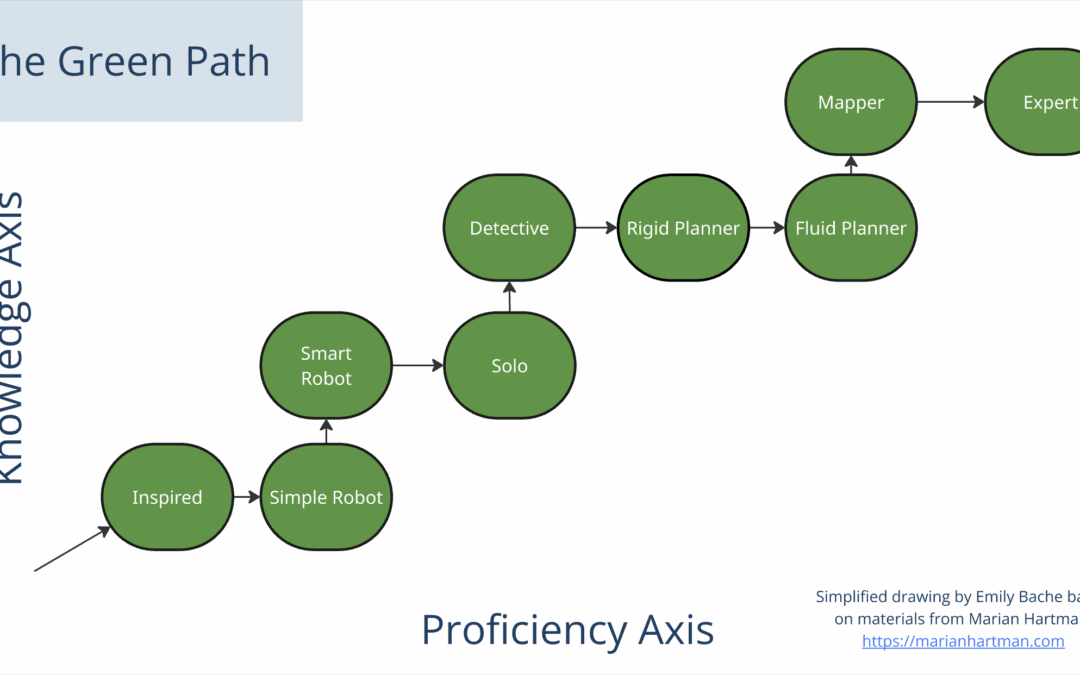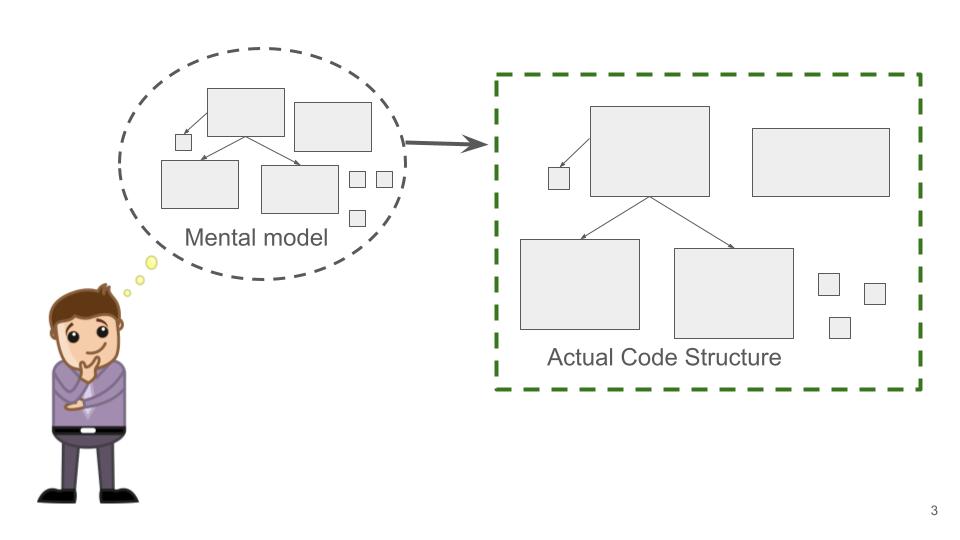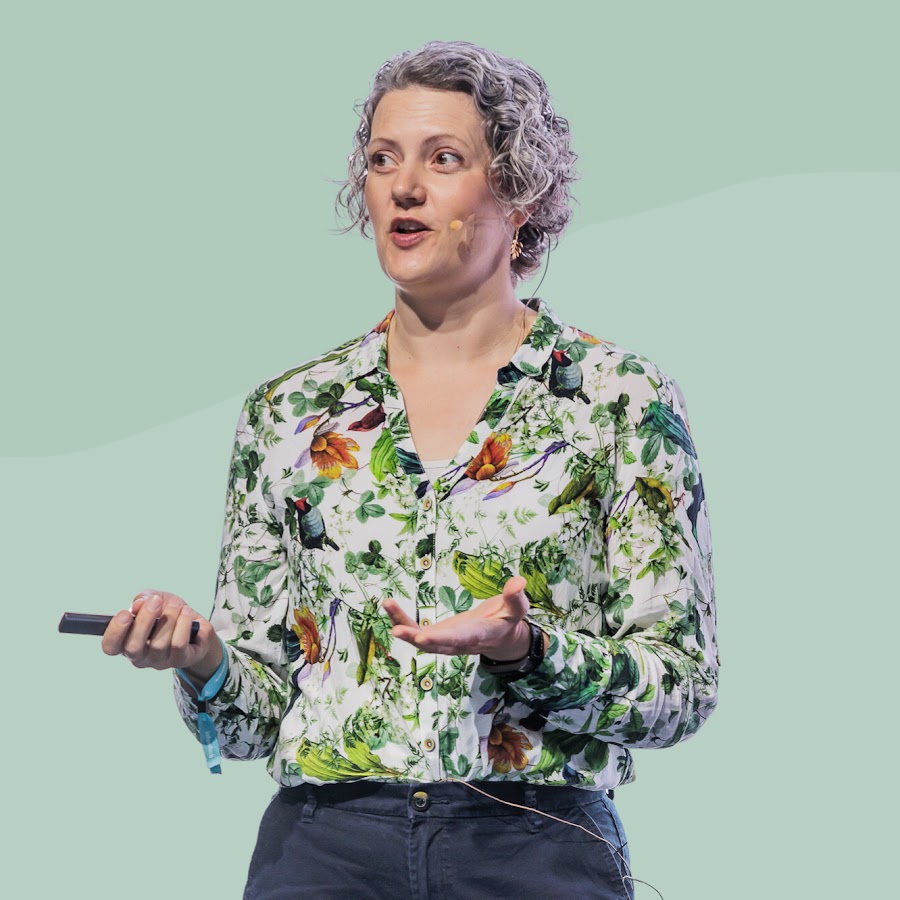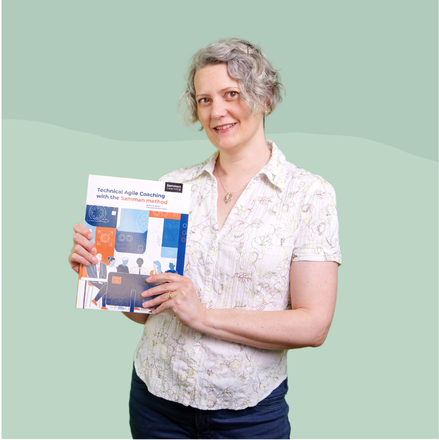Refactoring is one of the most impactful skills I teach in my work as a Samman Technical Coach. I do a lot of Learning Hour training sessions to teach particular refactorings. Sometimes these sessions go better than others, and until now I was improving them only...









